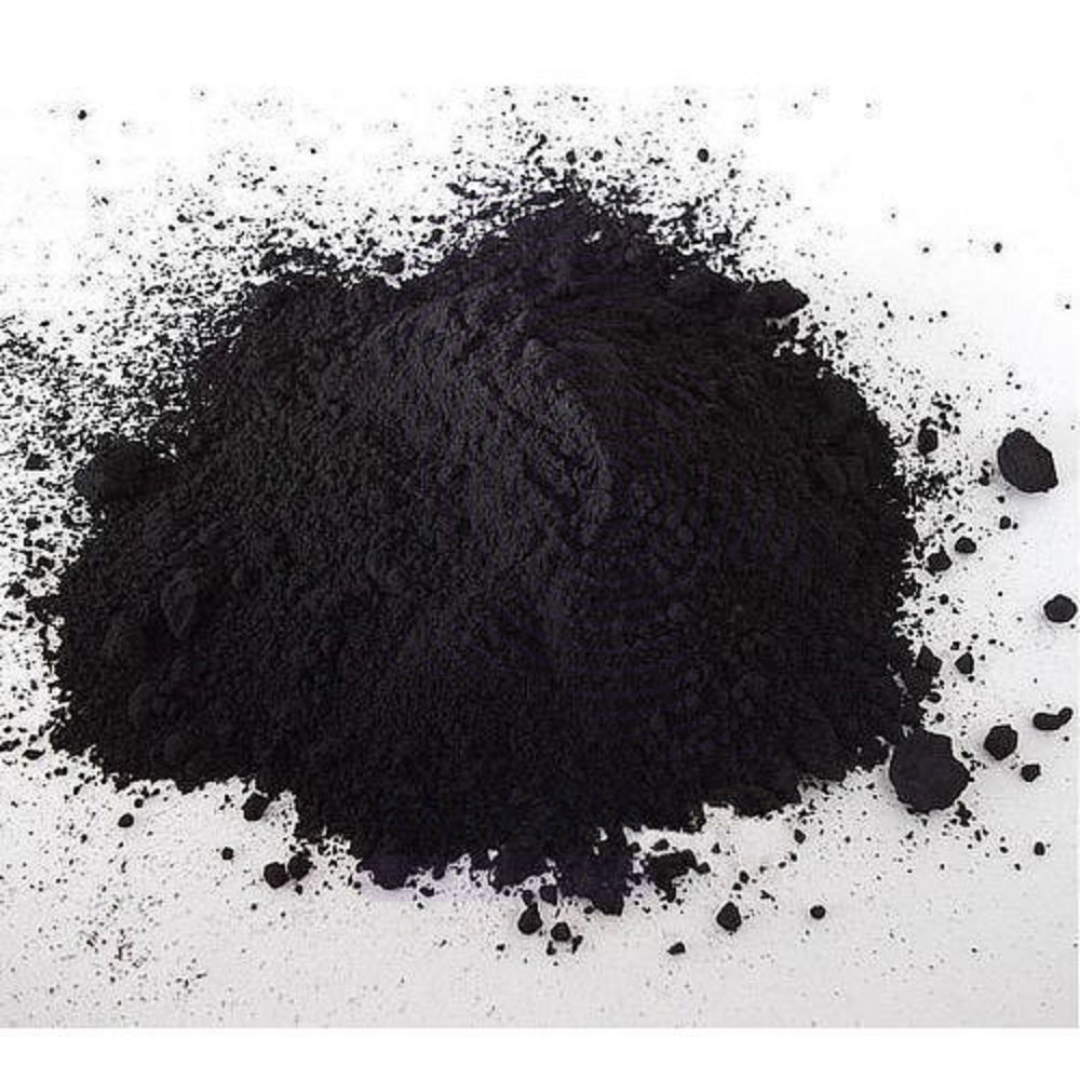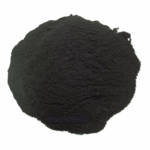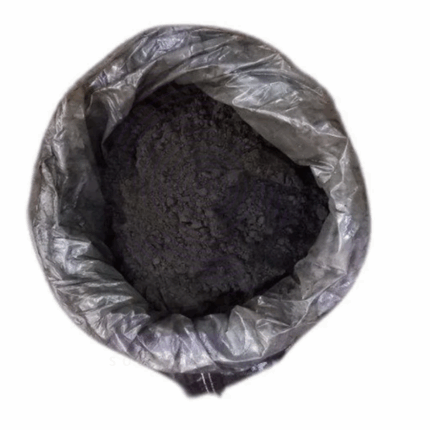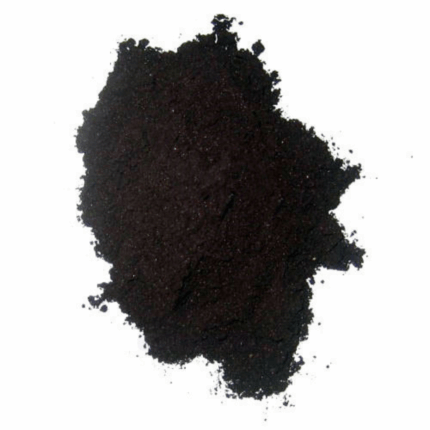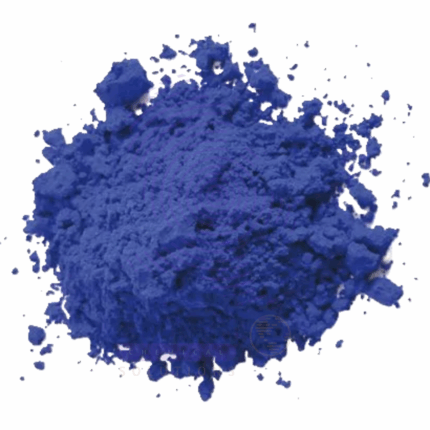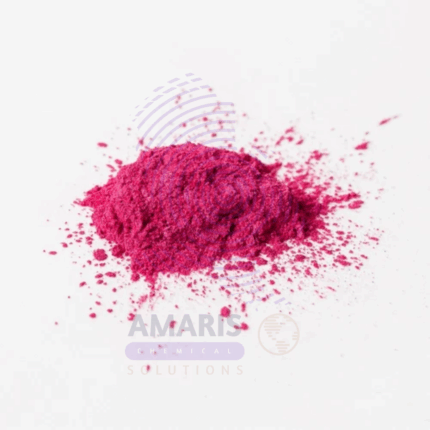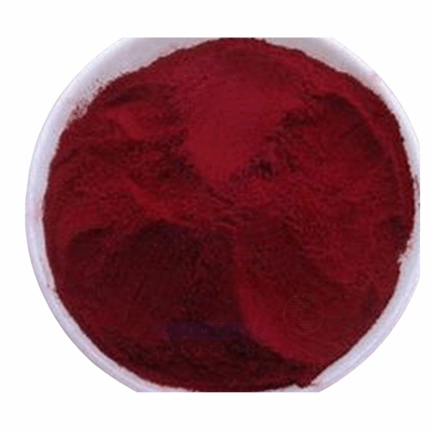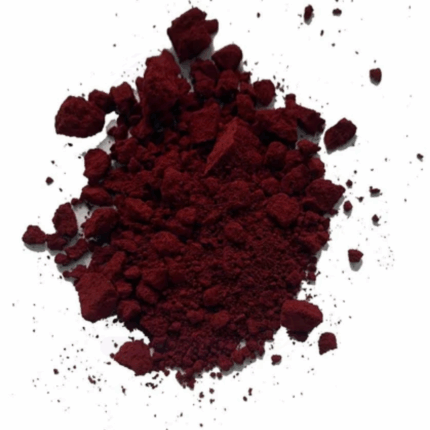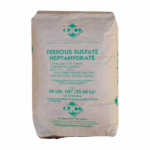
Acid Black 210
Acid Black 210 is a high-performance, metal-complex acid dye specifically engineered for deep black shades with exceptional wet fastness properties. This chromium-based dye belongs to the 1:2 metal complex dye class, offering superior molecular stability and fiber affinity. The powder formulation delivers consistent, vibrant coloration for synthetic polyamide fibers and protein-based textiles, with optimized characteristics for industrial dyeing processes. Its molecular structure features multiple sulfonic acid groups that ensure excellent water solubility and penetration, while the metal complex formation provides enhanced light and wash fastness compared to non-metalized acid dyes.
Acid Black 210
Primary Uses
- Textile Dyeing
- Wool & Silk: Provides deep, wash-fast black shades on protein-based fibers.
- Nylon & Polyamide: Used for dyeing synthetic fabrics with excellent color fastness.
- Leather Industry: Applied in leather dyeing for shoes, bags, and jackets.
- Ink Manufacturing
- Used in printing inks for textiles, paper, and specialty applications.
- Suitable for inkjet and stamp pad inks due to good solubility.
- Biological Staining (Limited Use)
- Occasionally used in microscopy for contrast enhancement.
Secondary Uses
- Paper & Packaging
- Adds color to tissue paper, cardboard, and decorative packaging.
- Cosmetics (Hair Dyes & Pigments)
- Found in semi-permanent hair dyes (subject to regulatory approval).
- Wood & Furniture Staining
- Used for dark finishes in woodworking.
1. Basic Identification Attributes
- Chemical Name (IUPAC):
Disodium 4-[(2E)-2-(5-amino-4-methyl-2-sulfonatophenyl)diazenyl]-2-[(2E)-2-(4-[(2E)-2-(6-amino-1-hydroxy-3-sulfonato-2-naphthyl)diazenyl]-2-sulfonatophenyl)diazenyl]-5-methylbenzenesulfonate chromium(3+) complex - Common/Trade Names:
- Acid Black 210
- C.I. 15711
- Nylosan Black N-2RL (Clariant)
- Lanacron Black S-2G (Huntsman)
- CAS Number: [12219-03-9]
- HS Code: 3204.12.00 (Acid dyes)
- Molecular Formula: C₃₄H₂₄CrN₇O₁₃S₃·2Na (typical structure)
- Molecular Weight: ~950-1050 g/mol
- Synonyms:
- Black 210
- Chromium complex acid black dye
2. Physical & Chemical Properties
- Physical State: Fine dark grayish-black powder
- Color & Odor: Black powder; odorless
- Melting Point: Decomposes before melting (>300°C)
- Boiling Point: Not applicable (decomposes)
- Density: 1.4-1.6 g/cm³ (bulk density)
- Solubility:
- Water: 50-80 g/L at 25°C
- Organic solvents: Insoluble (ethanol, acetone)
- pH (1% solution): 6.0-7.5
- Vapor Pressure: Negligible
- Flash Point: Non-flammable (>200°C)
- Autoignition Temperature: Not applicable
- Viscosity: Not applicable (solid)
3. Safety & Hazard Attributes
- Hazard Class (GHS):
- Skin Irritation (Category 2)
- Eye Irritation (Category 2A)
- STOT Single Exposure (Category 3, H335)
- NFPA Ratings:
- Health: 2
- Flammability: 1
- Reactivity: 0
- Exposure Limits:
- OSHA PEL: Not established
- ACGIH TLV: Not established (dust: 1 mg/m³ recommended)
- Reactivity:
- Stable under normal conditions
- Incompatible with strong oxidizers (e.g., peroxides)
4. Storage & Handling Attributes
- Storage Conditions:
- Cool, dry place (<30°C)
- Relative humidity <60%
- Away from direct sunlight
- Incompatible Materials:
- Strong oxidizers (e.g., chlorates, nitrates)
- Strong acids/bases
- Container Type:
- Sealed polyethylene or polypropylene containers
- Avoid metal containers (risk of corrosion)
- Shelf Life: 36 months in original packaging
- Special Handling:
- Use NIOSH N95 dust mask
- Nitrile gloves and safety goggles
- Local exhaust ventilation recommended
5. Regulatory & Compliance Attributes
- Regulatory Status:
- EU: REACH registered
- US: EPA TSCA compliant
- China: IECSC listed
- Hazard Symbols (GHS):
- Exclamation mark (irritant)
- Transportation Restrictions:
- UN Number: Not regulated
- Shipping Name: "DYES, SOLID, N.O.S."
- Waste Disposal:
- Incineration at licensed facilities
- Not RCRA hazardous (US)
6. Environmental & Health Impact
- Ecotoxicity:
- LC50 (fish): >100 mg/L (96h)
- EC50 (daphnia): >10 mg/L (48h)
- Persistence:
- Moderately persistent (half-life in water: 30-60 days)
- Carcinogenicity:
- IARC: Not classified
- NTP: Not listed
- OSHA: Not carcinogenic
- Biodegradability:
- 20-40% in 28 days (OECD 301B)
-
Safety Precautions
Personal Protective Equipment (PPE):
- Respiratory:
- NIOSH-approved N95/P2 mask (for powder)
- Organic vapor respirator (for aerosols)
- Eye/Face:
- Chemical goggles
- Face shield (for bulk handling)
- Gloves:
- Nitrile (4H rated) or Neoprene (≥0.4mm thickness)
- Body:
- Chemical-resistant apron
- Coveralls (Type 4/5/6)
Handling & Storage:
- Use local exhaust ventilation (LEV) or a fume hood.
- Ground containers to prevent static sparks.
- Avoid dust generation (use wet methods or closed systems).
- Store in sealed, labeled containers away from oxidizers, acids, and metals.
- Keep in a cool, dry, well-ventilated area (≤30°C).
Hygiene Measures:
- No eating, drinking, or smoking in handling areas.
- Wash hands and face thoroughly after use.
- Ensure emergency eyewash and shower stations are accessible.
-
First Aid Measures
- Inhalation (Dust/Fumes):
- Move to fresh air immediately.
- If breathing is difficult, give oxygen.
- Seek medical attention if cough or wheezing persists.
- Skin Contact:
- Remove contaminated clothing.
- Wash with soap and water for ≥15 minutes.
- Apply a pH-neutral moisturizer.
- Seek medical help if redness, burns, or irritation occurs.
- Eye Contact:
- Rinse eyes for ≥20 minutes using an eyewash station.
- Hold eyelids open to ensure full flushing.
- Immediate medical attention is required.
- Ingestion:
- Do NOT induce vomiting.
- Rinse mouth with water or milk (if conscious).
- Seek emergency medical care.
-
Firefighting Measures
Fire Hazards:
- Not highly flammable, but may decompose at high temperatures (≥200°C).
- Toxic fumes released when burning (SOₓ, NOₓ, HCN in some formulations).
- Avoid water jets (may spread contaminated water).
Extinguishing Media:
- Dry chemical powder
- CO₂
- Alcohol-resistant foam
- Water spray (to cool containers only)
Firefighting Protocol:
- Wear SCBA (self-contained breathing apparatus).
- Evacuate non-essential personnel.
- Cool nearby containers with water spray.
- Contain runoff (dye may be toxic to aquatic life).
- Spill & Disposal
- Small Spills (<100g):
- Wear appropriate PPE.
- Dampen with water to suppress dust.
- Sweep up and place in a sealed hazardous waste container.
- Large Spills (>100g):
- Isolate the area.
- Contain with absorbent materials (e.g., vermiculite, sand).
- Prevent entry into drains or waterways.
- Dispose of as hazardous waste per local regulations.


 Preservatives(food)
Preservatives(food) Flavor Enhancers
Flavor Enhancers Acidulants
Acidulants Sweeteners
Sweeteners Antioxidants
Antioxidants Colorants(food)
Colorants(food) Nutraceutical Ingredients (food)
Nutraceutical Ingredients (food) Nutrient Supplements
Nutrient Supplements Emulsifiers
Emulsifiers
 Collectors
Collectors Dust Suppressants
Dust Suppressants Explosives and Blasting Agents
Explosives and Blasting Agents Flocculants and Coagulants
Flocculants and Coagulants Frothers
Frothers Leaching Agents
Leaching Agents pH Modifiers
pH Modifiers Precious Metal Extraction Agents
Precious Metal Extraction Agents
 Antioxidants(plastic)
Antioxidants(plastic) Colorants (Pigments, Dyes)
Colorants (Pigments, Dyes) Fillers and Reinforcements
Fillers and Reinforcements Flame Retardants
Flame Retardants Monomers
Monomers Plasticizers
Plasticizers Polymerization Initiators
Polymerization Initiators Stabilizers (UV, Heat)
Stabilizers (UV, Heat)
 Antifoaming Agents
Antifoaming Agents Chelating Agents
Chelating Agents Coagulants and Flocculants
Coagulants and Flocculants Corrosion Inhibitors
Corrosion Inhibitors Disinfectants and Biocides
Disinfectants and Biocides Oxidizing Agents
Oxidizing Agents pH Adjusters
pH Adjusters Scale Inhibitors( water)
Scale Inhibitors( water)
 Antioxidants(cosmetic)
Antioxidants(cosmetic) Emollients
Emollients Fragrances and Essential Oils
Fragrances and Essential Oils Humectants
Humectants Preservatives
Preservatives Surfactants(cosmetic)
Surfactants(cosmetic) Thickeners
Thickeners UV Filters
UV Filters
 Fertilizers
Fertilizers Soil Conditioners
Soil Conditioners Plant Growth Regulators
Plant Growth Regulators Animal Feed Additives
Animal Feed Additives Biostimulants
Biostimulants Pesticides (Herbicides, Insecticides, Fungicides)
Pesticides (Herbicides, Insecticides, Fungicides)
 Active Pharmaceutical Ingredients (APIs)
Active Pharmaceutical Ingredients (APIs) Excipients
Excipients Solvents(pharmaceutical)
Solvents(pharmaceutical) Antibiotics
Antibiotics Antiseptics and Disinfectants
Antiseptics and Disinfectants Vaccine Adjuvants
Vaccine Adjuvants Nutraceutical Ingredients (pharmaceutical)
Nutraceutical Ingredients (pharmaceutical) Analgesics & Antipyretics
Analgesics & Antipyretics
 Analytical Reagents
Analytical Reagents Solvents(lab)
Solvents(lab) Chromatography Chemicals
Chromatography Chemicals Spectroscopy Reagents
Spectroscopy Reagents microbiology-and-cell-culture-reagents
microbiology-and-cell-culture-reagents Molecular Biology Reagents
Molecular Biology Reagents Biochemical Reagents
Biochemical Reagents Inorganic and Organic Standards
Inorganic and Organic Standards Laboratory Safety Chemicals
Laboratory Safety Chemicals Specialty Laboratory Chemicals(Special Laboratory Equipment)
Specialty Laboratory Chemicals(Special Laboratory Equipment)
 Demulsifiers
Demulsifiers Hydraulic Fracturing Fluids
Hydraulic Fracturing Fluids Scale Inhibitors(oil)
Scale Inhibitors(oil) Surfactants(oil)
Surfactants(oil) Drilling Fluids
Drilling Fluids
 Dyes and Pigments
Dyes and Pigments Bleaching Agents
Bleaching Agents Softening Agents
Softening Agents Finishing Agents
Finishing Agents Antistatic Agents
Antistatic Agents
 Admixtures
Admixtures Waterproofing Agents
Waterproofing Agents Sealants and Adhesives
Sealants and Adhesives Curing Compounds
Curing Compounds Concrete Repair Chemicals
Concrete Repair Chemicals Anti-Corrosion Coatings
Anti-Corrosion Coatings
 Surfactants(cleaning)
Surfactants(cleaning) Builders
Builders Enzymes
Enzymes Solvents (Cleaning)
Solvents (Cleaning) Fragrances
Fragrances
 Electronic Chemicals
Electronic Chemicals Catalysts
Catalysts Lubricants
Lubricants Photographic Chemicals
Photographic Chemicals Refrigerants
Refrigerants Automotive chemicals
Automotive chemicals Pyrotechnic Chemicals
Pyrotechnic Chemicals
 Biodegradable Surfactants
Biodegradable Surfactants Bio-based Solvents
Bio-based Solvents Renewable Polymers
Renewable Polymers Carbon Capture Chemicals
Carbon Capture Chemicals Wastewater Treatment Chemicals
Wastewater Treatment Chemicals
 Pigments
Pigments Solvents(paint)
Solvents(paint) Specialty Coatings
Specialty Coatings Binders/Resins
Binders/Resins Additives
Additives Driers
Driers Anti-Corrosion Agents
Anti-Corrosion Agents Functional Coatings
Functional Coatings Application-Specific Coatings
Application-Specific Coatings
 Fresh Herbs
Fresh Herbs Ground Spices
Ground Spices Whole Spices
Whole Spices Spice Blends
Spice Blends Dried Herbs
Dried Herbs
 Leavening Agents
Leavening Agents Dough Conditioners
Dough Conditioners Flour Treatments
Flour Treatments Fat Replacers
Fat Replacers Decoratives
Decoratives Preservatives(baking)
Preservatives(baking)
 Plasticizers & Softeners
Plasticizers & Softeners Reinforcing Agents
Reinforcing Agents Adhesion Promoters
Adhesion Promoters Vulcanizing Agents
Vulcanizing Agents Antidegradants
Antidegradants Blowing Agents
Blowing Agents Fillers & Extenders
Fillers & Extenders Accelerators & Retarders
Accelerators & Retarders